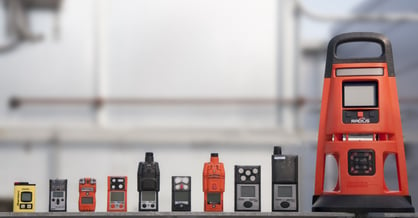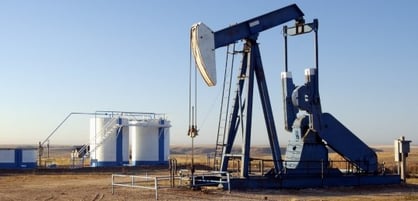Phosphine (PH3) Gas Detectors
Phosphine (PH3)—a highly toxic, flammable gas—is used in the semiconductor industry, chemical processing, and the fumigation of grain, food products, and tobacco before international transport. Phosphine is highly flammable and may spontaneously ignite in the air or even explode when mixed with oxygen.
.webp?width=2000&name=GasBadgePro_Refinery_JH_Clipboard_hi%20(1).webp)
Characteristics of Phosphine
Phosphine is a colorless, flammable, highly toxic gas with a fishy or garlic-like odor. Phosphine acts on the central nervous system and lungs, leading to pulmonary edema. Symptoms like faintness, vomiting, headache, tightness in the chest may appear rapidly after exposure. Even a short exposure to an acute amount of phosphine can lead to chronic neurological problems.
Phosphine is highly flammable and may spontaneously ignite in the air or even explode when mixed with oxygen. Phosphine coming in contact with oxidizers, halogenated hydrocarbons, or even aluminum and copper may cause the same. You must use extreme care whenever working with or around phosphine.
More about Phosphine


PHOSPHINE - PH3
Effects of Various PH3 Levels
How to Detect Phosphine
Industrial Scientific’s GasBadge® Pro accurately displays levels of phosphine, and with the aspiration pump add-on, the Ventis® Pro5 and MX6 iBrid® multi-gas detectors also measure phosphine levels in confined spaces. The Radius BZ1 Area Monitor can be used for phosphine detection around your site.

